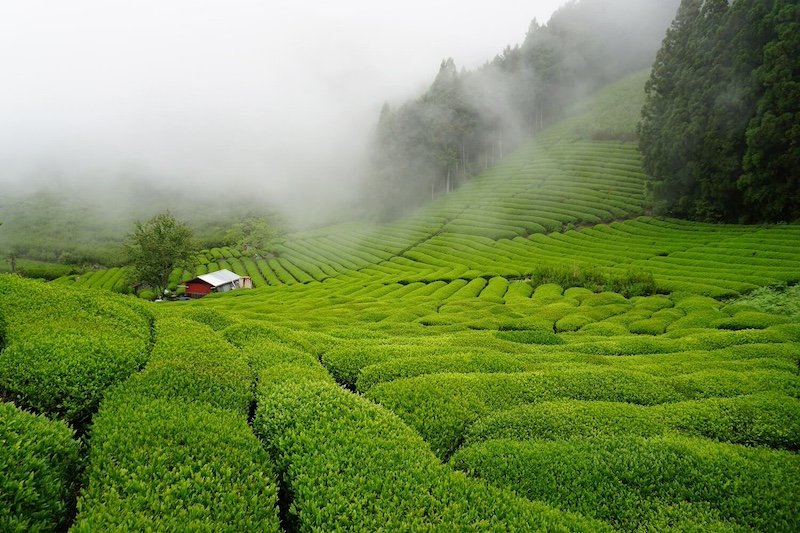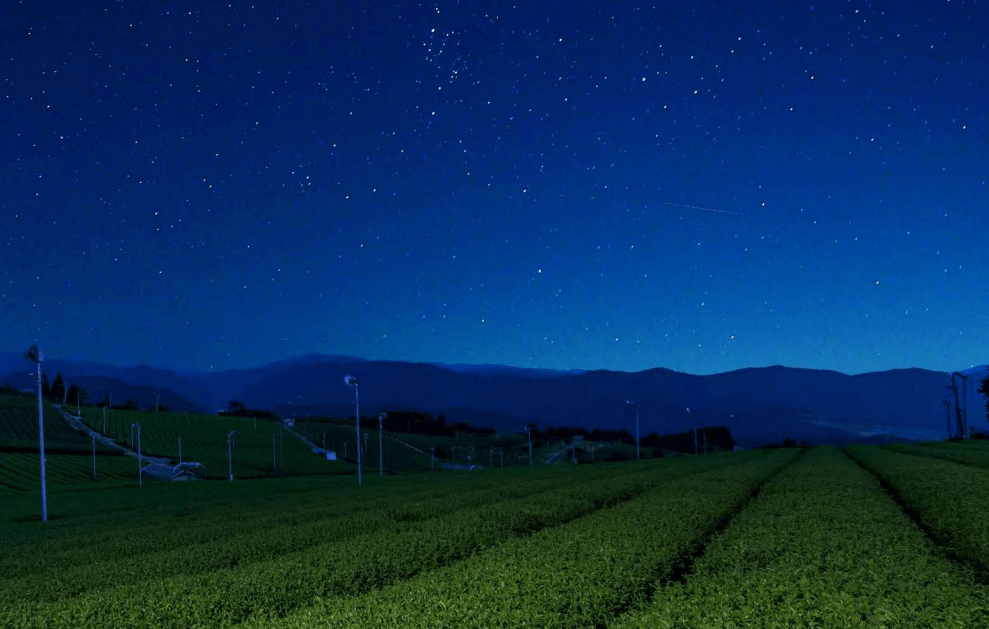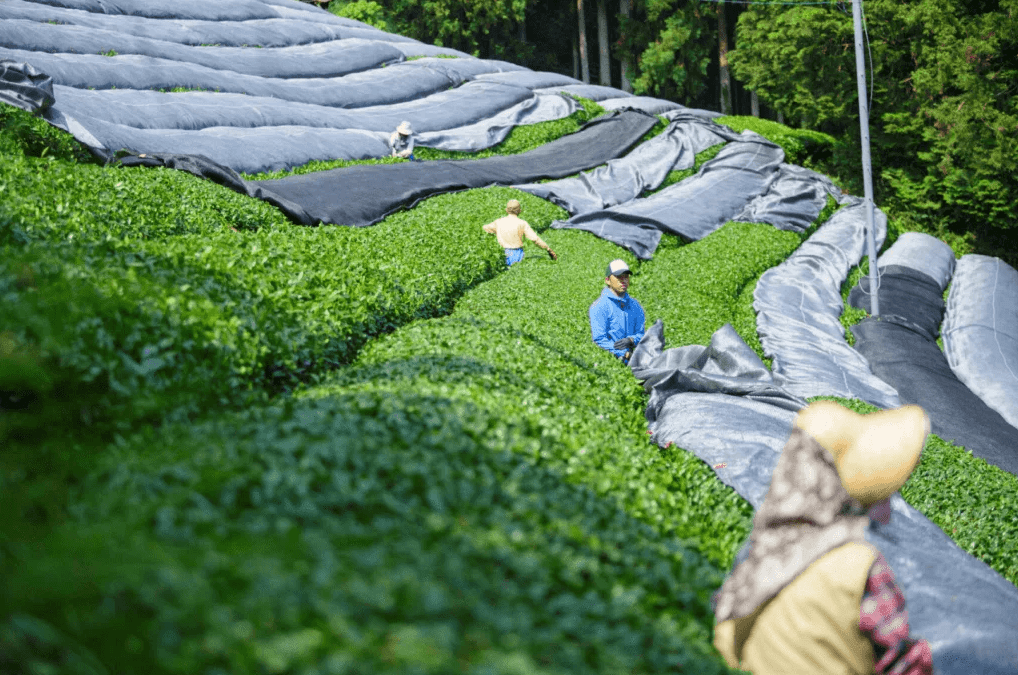Iced matcha latte, matcha bubble tea, matcha cheesecake, matcha cold foam, matcha smoothie, or just simply matcha on its own; if any of these food and drink items piqued your interest, then you are in the right reading corner!
What is it about this vibrant green powdered tea that makes it so beloved by millions of people worldwide? With its rich umami (flavor), creamy texture and myriad of health benefits, what exactly sets top-grade matcha apart from all the other matcha powder in the market?
Cultivation: Nurturing the Green Essence
It all starts with the meticulous cultivation practices that shape the flavor and quality of the matcha, where the leaves are tenderly nurtured in shaded environments and shielded from the harsh rays of the sun. This is a shading process typically known as “tana”, that stimulates the production of chlorophyll (the green pigments found in leafy plants) and amino acids, thus infusing the leaves with a vibrant green hue and delicate sweetness.
Soil health, pH levels and the balance of nutrients are also something that is crucial to the optimal growth conditions for the tea plants. Farmers prune these plants with care and proper pest control measures are also implemented to ensure good plant health and high yield.


Processing: From Leaf to Powder
Once harvested, the leaves are steamed to stop all enzymatic oxidation, this preserves the natural vibrant green color and keeps the flavor fresh. This step also softens the leaves, allowing them to be dried and deveined to have their stems and veins removed, to leave behind the delicate leaf tissue known as “tencha”. This step is essential to ensure that the final matcha powder is fine and silky smooth.
The next key step, and perhaps also the most iconic and important step in matcha production, is grounding tencha leaves into fine powder using traditional granite stone mills. These mills, known as “issho” or “usu”, rotate slowly to prevent friction-induced heat. The grinding process may take up to several hours or even days, with each rotation infusing the matcha with the essence of centuries-old craftsmanship.
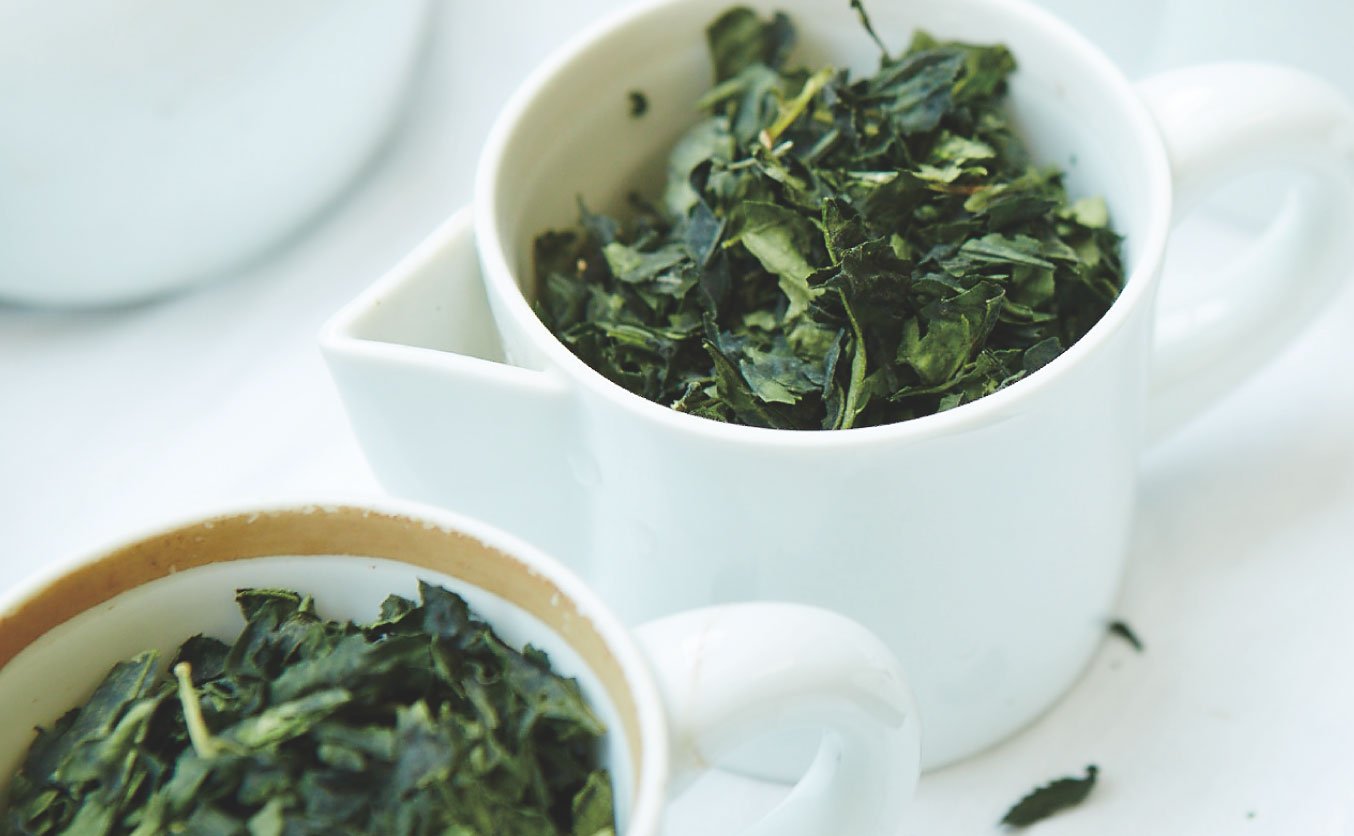
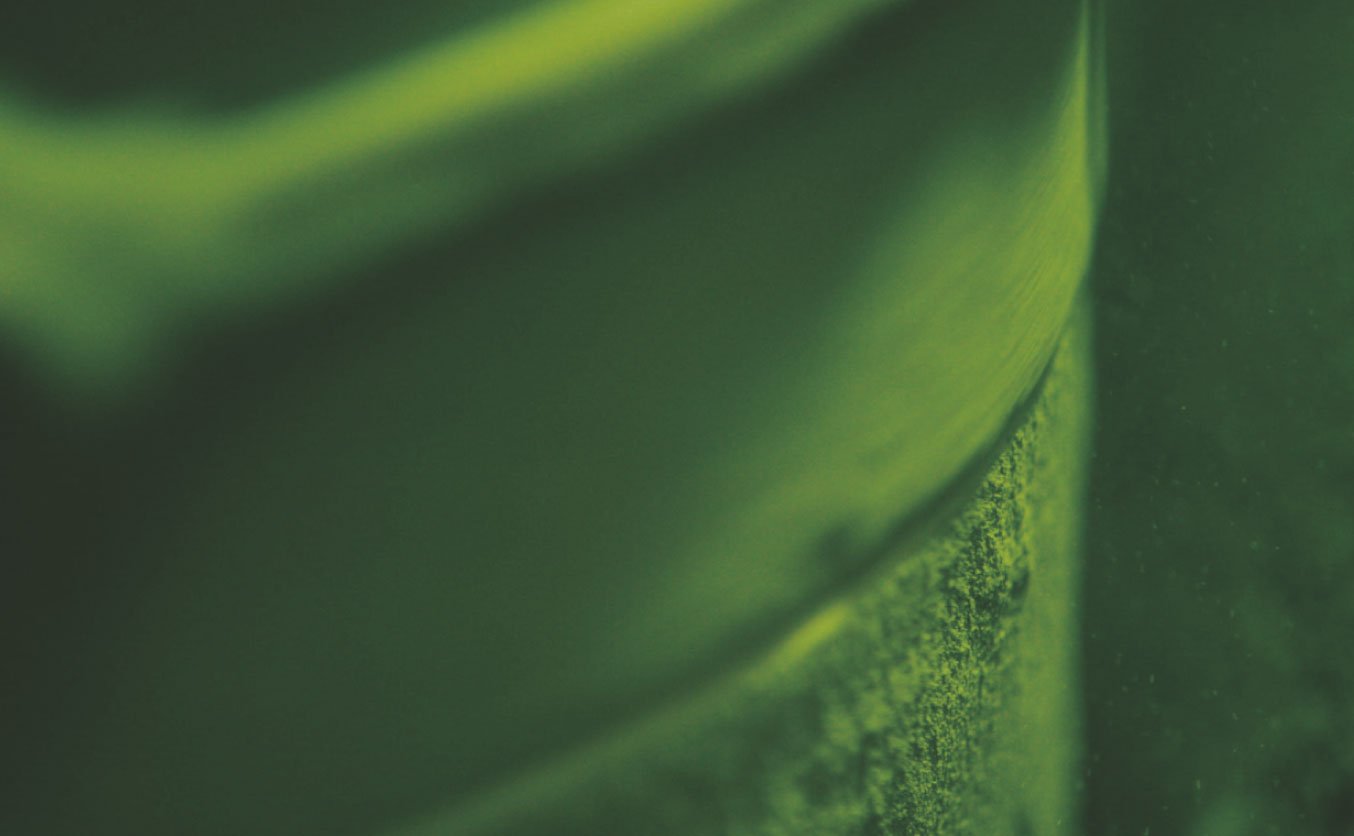
Tips for Identifying Quality Matcha
Many assume that the more expensive the matcha is, the better the quality. However, that is not an accurate indicator. One should take into account the branding and packaging costs, merchants that handle the supply chain of these matcha powders as well as other third-party vendor charges that are incorporated into the products too.
Here are a few factors to consider when it comes to selecting matcha:
Color: The more vibrant the green, the fresher and higher the quality.
Texture: Top quality matcha should have a smooth and velvety texture with minimal clumping.
Aroma: If the matcha powder gives off a fresh, grassy and slightly sweet aroma, this means it was meticulously cultivated and delicately processed.
Taste: Higher grade matcha powder, typically used in tea ceremonies, should taste slightly sweet and rich in umami whereas matcha powder that is used for cooking and baking will have a milder taste in comparison.
Grading and Quality Spectrum of Matcha
Matcha comes in a spectrum of qualities, each reflecting the differences in cultivation, processing and craftsmanship of the matcha themselves. The selection of tea cultivars plays an important role; the nature of different cultivars affects the taste, flavor and aroma profiles, resulting in different ideal timing of harvest, cultivation practices, production quality and the intended use of matcha powder.
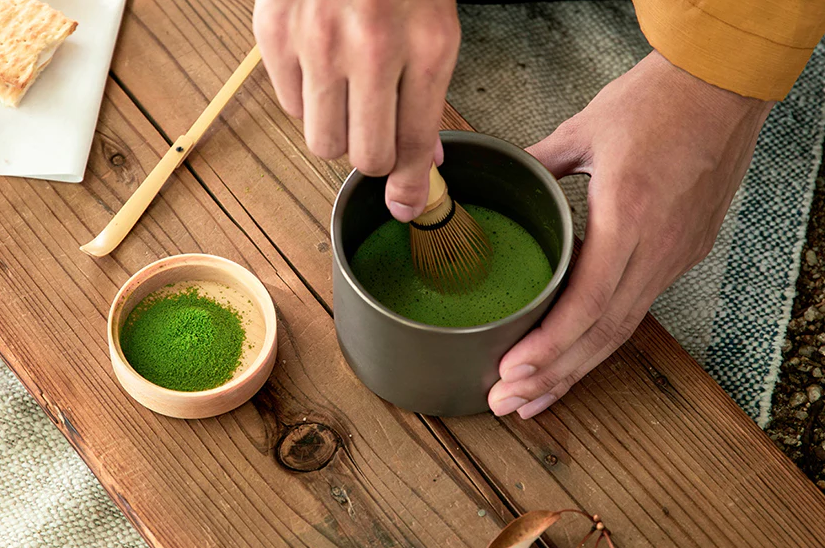
Ceremonial Grade Matcha
The creme de la creme of matcha quality. Usually revered for its vibrant green color, the smoothest of texture, complex and rich flavor profiles. Harvested from the youngest leaves at the peak of the first flush, usually in the months of April and May in Japan, these young leaves are usually smaller and lighter but contain more nutrients. Ideal option for traditional tea ceremonies.
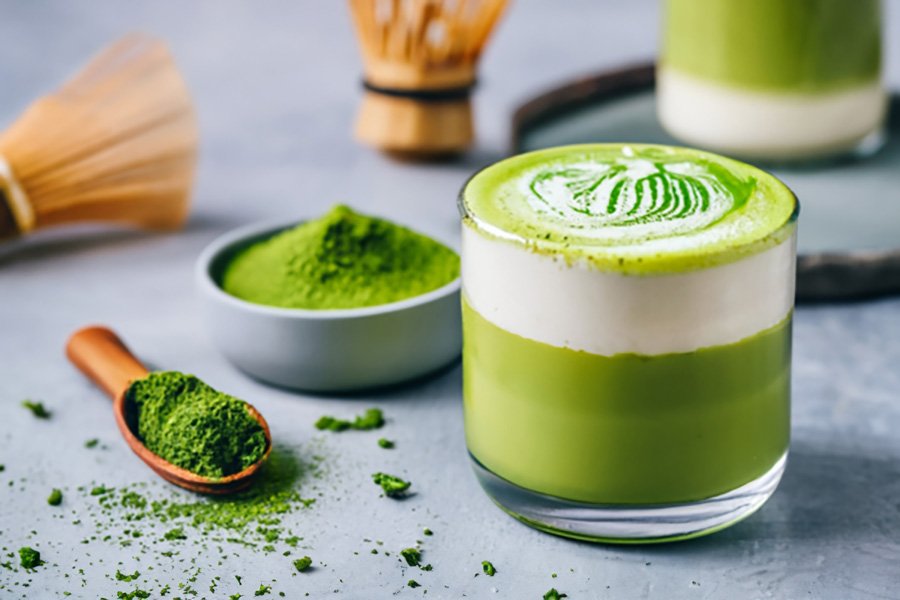
Premium Grade Matcha
Second to the ceremonial grade, this offers a balance of flavor and affordability. The color is vibrant still and the texture smooth, the taste however may exhibit a slight bitterness. Usually a favorite amongst cafes and restaurants that cater to matcha-holics.
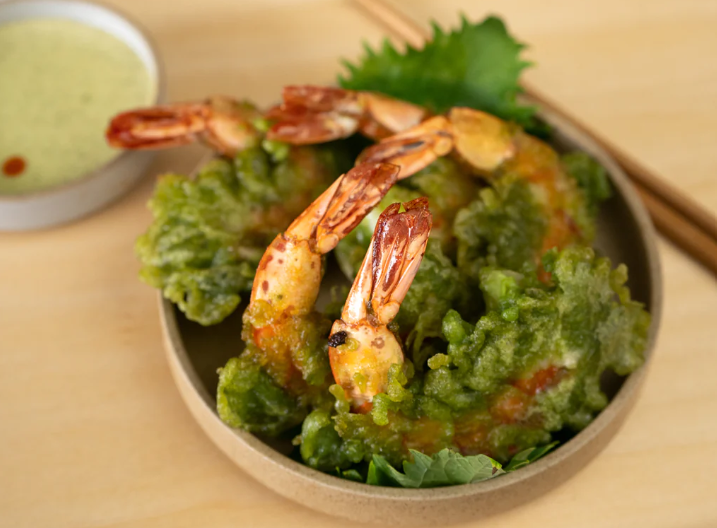
Culinary Grade Matcha
As the name suggests, culinary grade matcha is primarily used in cooking and baking. It may be lacking in terms of vibrancy of color and complexity of umami, but still adds a beautiful green hue but mild matcha flavor, making it a suitable option for a wide range of culinary creations.
From the shaded tea fields to the delicate rituals or preparation, the world of matcha involves a production process that reflects a legacy of craftsmanship. If you are interested to find out more, head to our SECAI MARCHE Farm-Direct platform Buyer’s Page to browse our matcha selection. If you do not have a registered account with us, please drop us an email or a message, and one of our designated sales representatives will contact you promptly.
